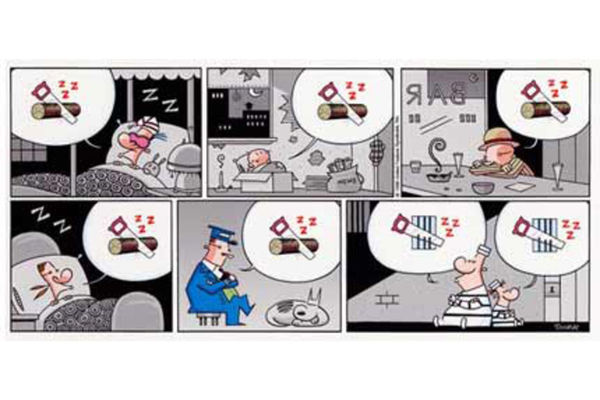Tell a story without words
Create a wordless picture storybook or comic strip using drawings, photos, or puppets to show a clear beginning, middle, and end.



Step-by-step guide to Tell a story without words
Guess the Gesture Activity for Students and Kids
Step 1
Choose how you will tell the story: drawings photos or puppets.
Step 2
Pick one main character and one clear problem or goal for them.
Step 3
Plan the story by drawing three tiny sketches that show the beginning middle and end.
Step 4
Make a thumbnail storyboard by drawing small boxes for each page or panel and sketching the main picture in each box.
Step 5
Clear a workspace and lay out your materials.
Step 6
Create the beginning scene on a full-size page or take the first photo or set up the first puppet scene.
Step 7
Create the middle scene on the next page or take the next photo or set up the middle puppet scene.
Step 8
Create the end scene on the final page or take the last photo or set up the final puppet scene.
Step 9
Look through your pages or photos and check that each image clearly shows what happens.
Step 10
Fix any unclear images by redrawing recoloring or retaking the photo.
Step 11
Assemble your pages into a book or comic strip by stacking and stapling or taping them in order.
Step 12
Make a picture-only cover that shows your main character to invite readers.
Step 13
Share your finished wordless picture storybook or comic strip on DIY.org.
Final steps
You're almost there! Complete all the steps, bring your creation to life, post it, and conquer the challenge!


Help!?
What can we use if we don't have a stapler, camera, or puppets for this activity?
Use tape, binder clips, or paperclips to assemble pages instead of a stapler, use a smartphone or tablet to take photos for the 'Create the beginning/middle/end scene' steps, and make sock or paper-bag puppets from spare fabric and markers to set up puppet scenes.
My pictures look unclear and readers can't tell the story—what should we do during the 'look through your pages or photos and check' step?
If images don't clearly show what happens, fix unclear images by redrawing with darker lines or bolder colors, retaking blurry photos in better light, or adding an extra close-up panel to the thumbnail storyboard before you assemble the pages.
How do we adapt the activity for different ages?
For ages 3–5 simplify by choosing one main character, drawing only beginning and end on full-size pages and using stickers or sock puppets, for ages 6–8 follow the three tiny sketches and full-size pages as written, and for ages 9–12 expand the thumbnail storyboard into more panels and experiment with props or camera angles for photos.
How can we extend or personalize our finished wordless picture storybook before sharing it on DIY.org?
Enhance your book by making a picture-only cover with collage or fabric that shows your main character, adding a flipbook sequence for a key action in the middle scene, decorating page edges with washi tape, or including a small symbol legend to indicate mood across pages.
Watch videos on how to Tell a story without words
The History of Pantomime: A Classroom Guide to Silent Storytelling
Facts about visual storytelling for kids
🎬 Before 1927's The Jazz Singer, silent films relied entirely on visuals and live music to convey plot and emotion.
📚 Lynd Ward's 1929 wordless novel "Gods' Man" tells a full story using just woodcut images.
🎭 Mime and pantomime performers have been telling stories without speech for centuries using only movement and expression.
🧠 Research shows children as young as 3–4 can understand simple story sequences from pictures, so wordless books boost early storytelling skills.
🖼️ Shaun Tan's The Arrival is a modern, widely praised wordless picture book that communicates immigration and emotion through images alone.
How do you create a wordless picture storybook or comic strip?
What materials do I need for a wordless picture storybook?
What ages is a wordless picture storybook activity suitable for?
What are the benefits of making wordless picture storybooks?


One subscription, many ways to play and learn.
Only $6.99 after trial. No credit card required



